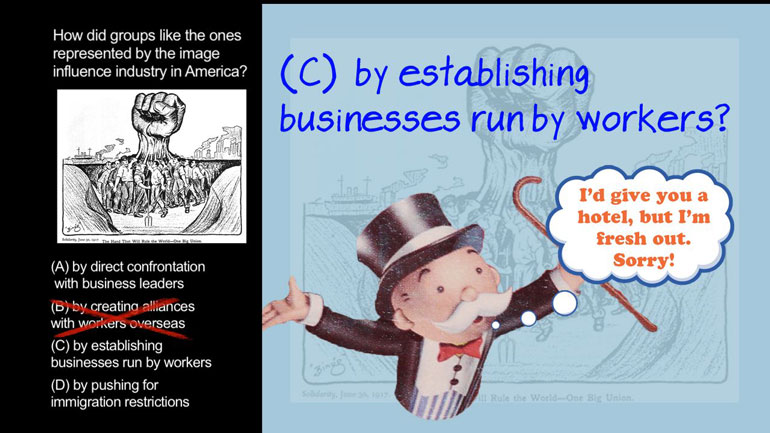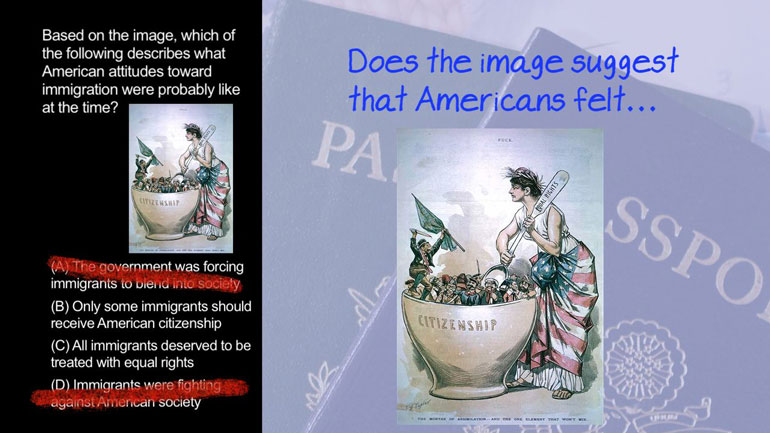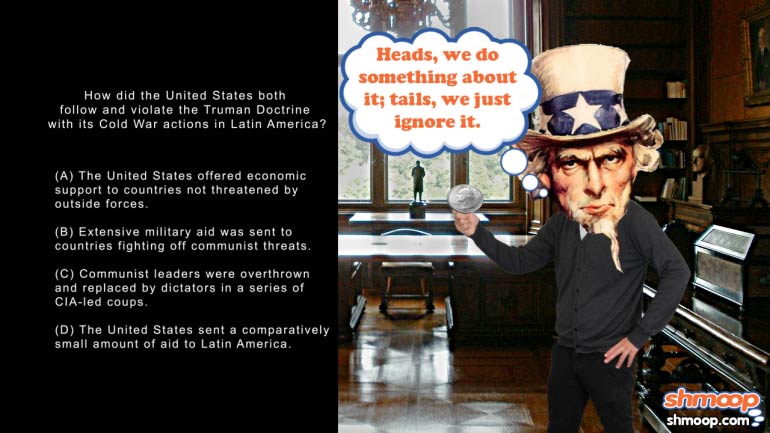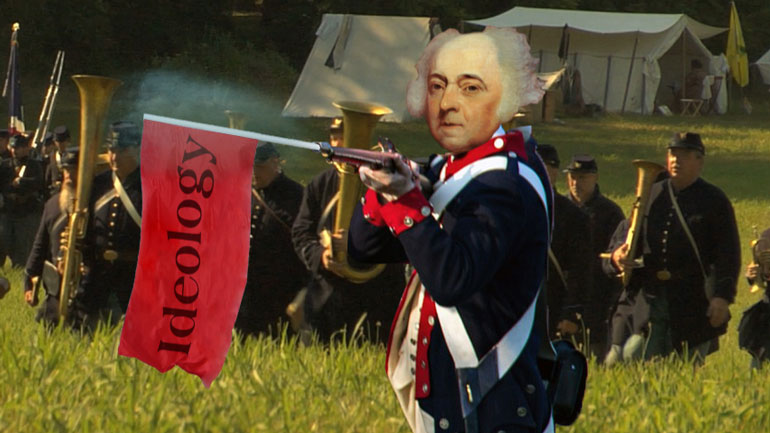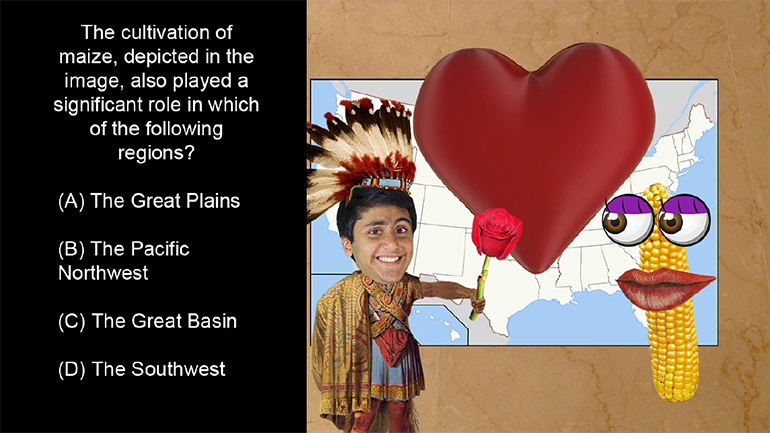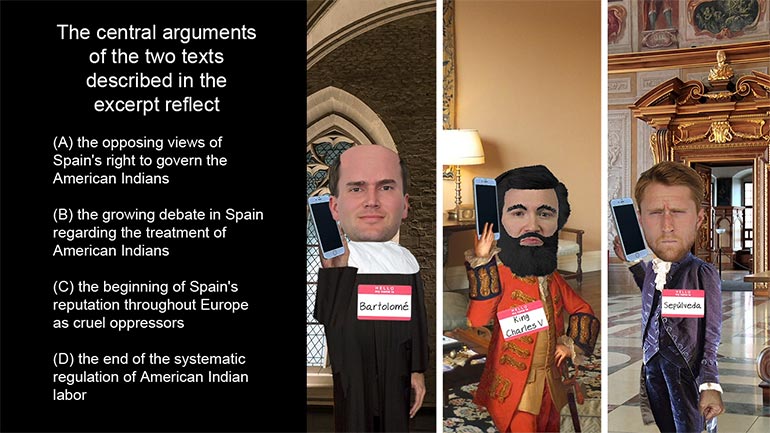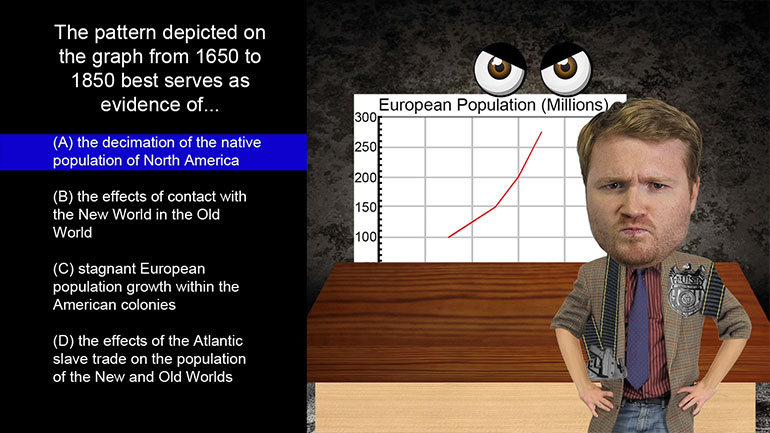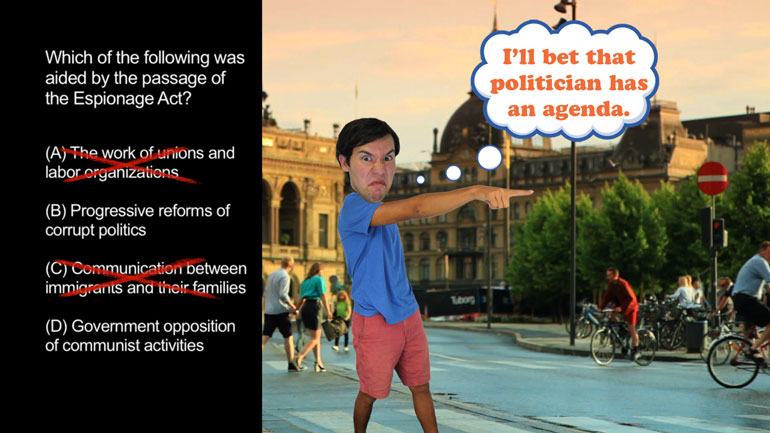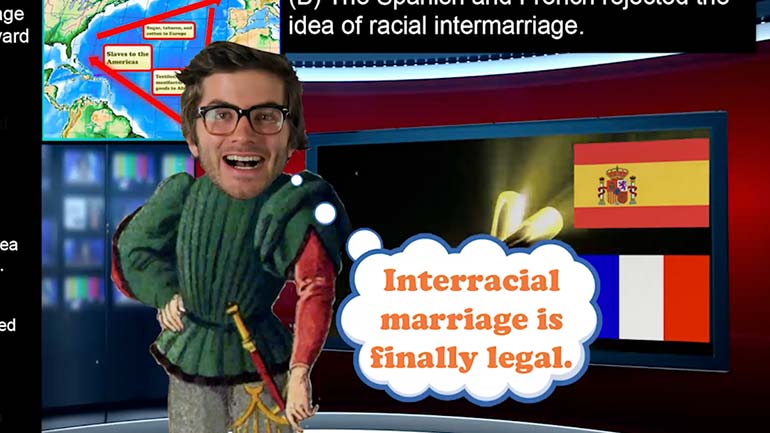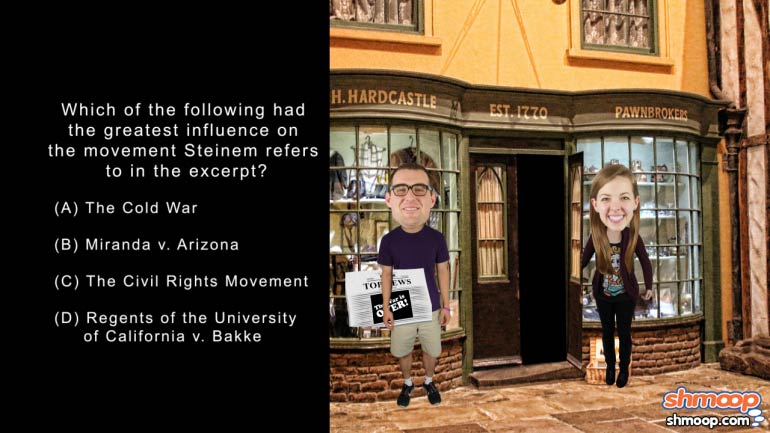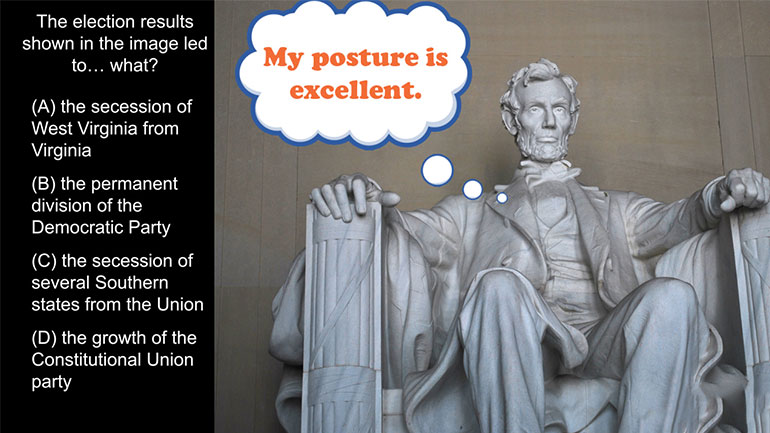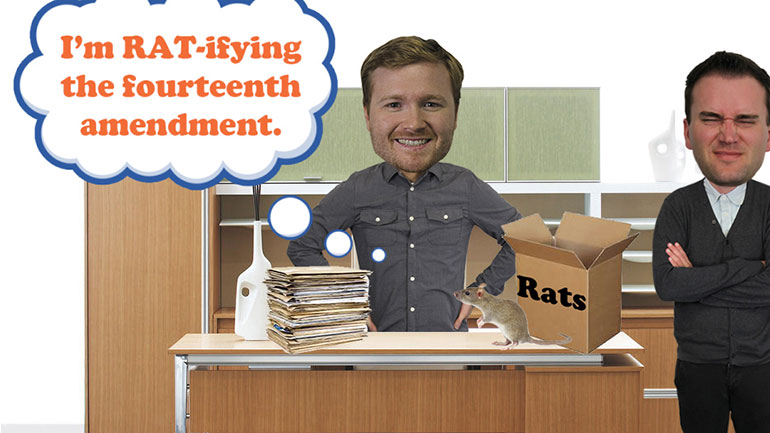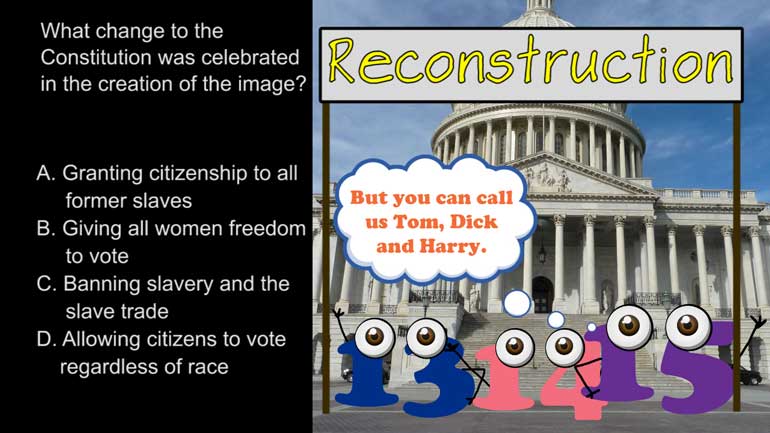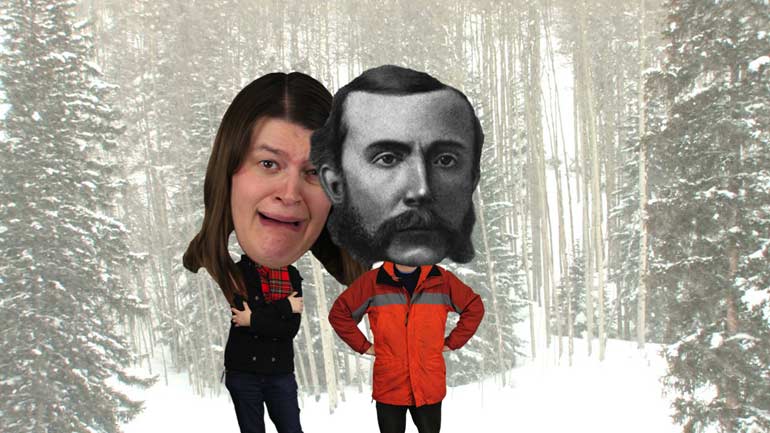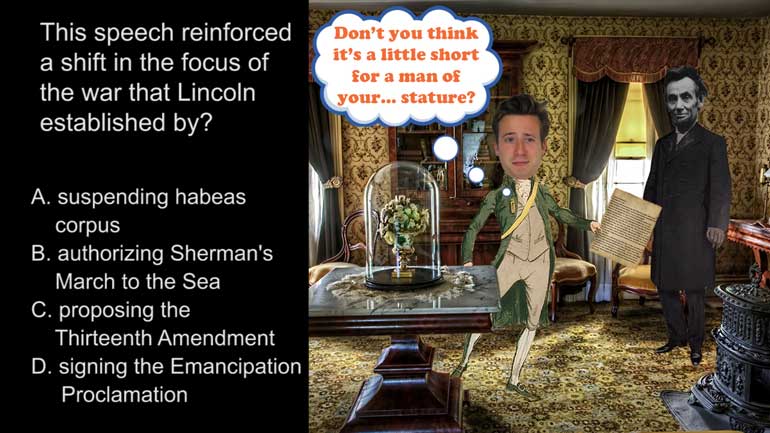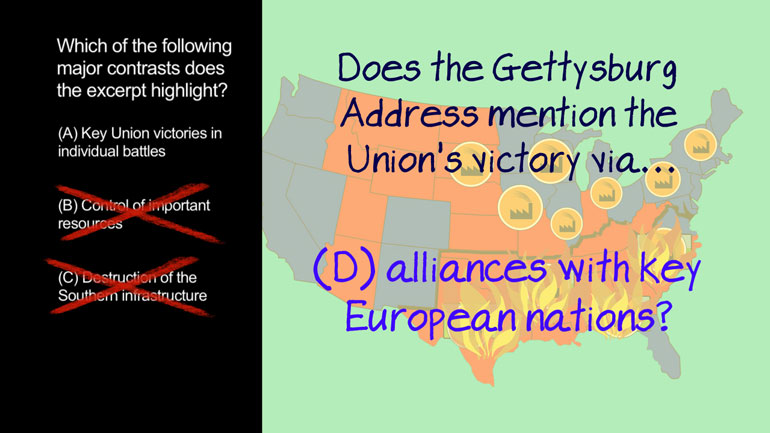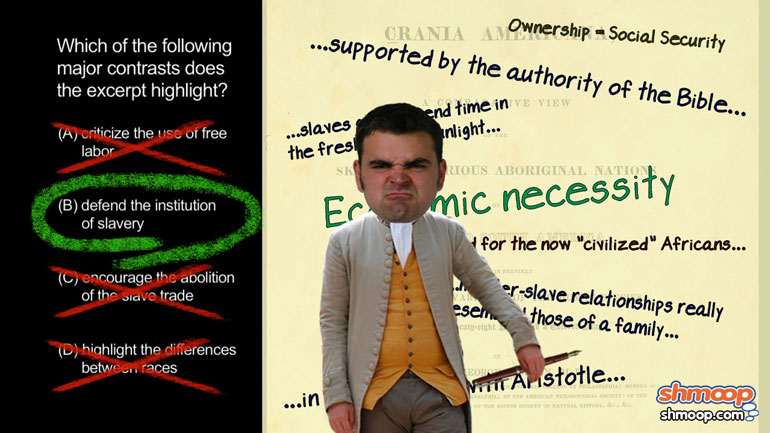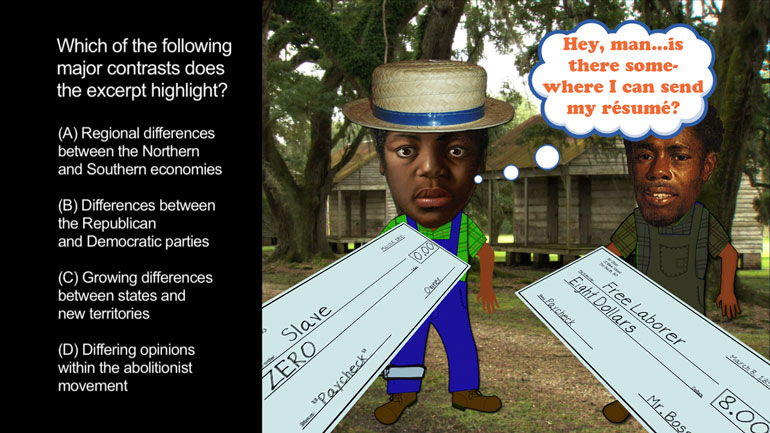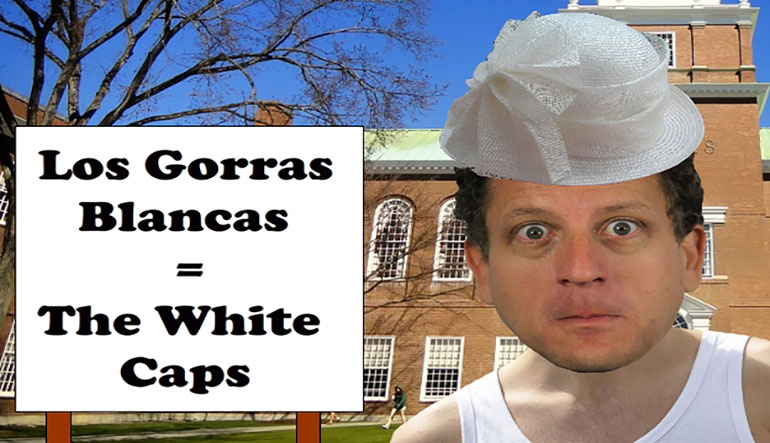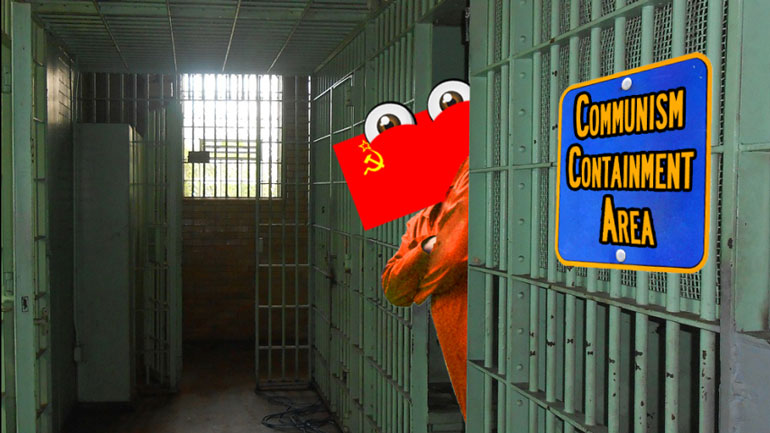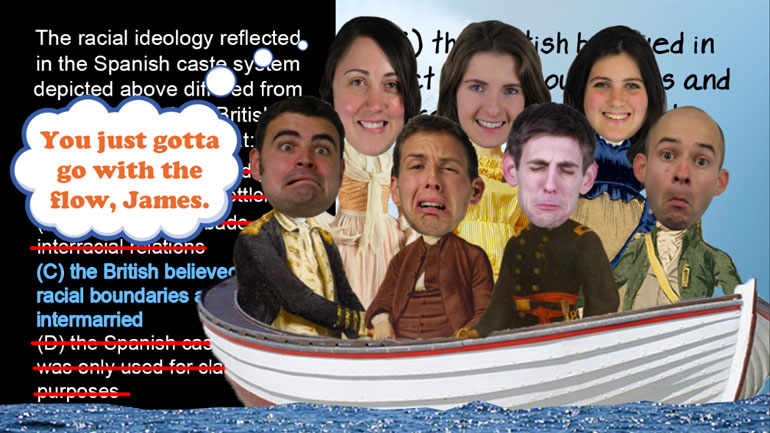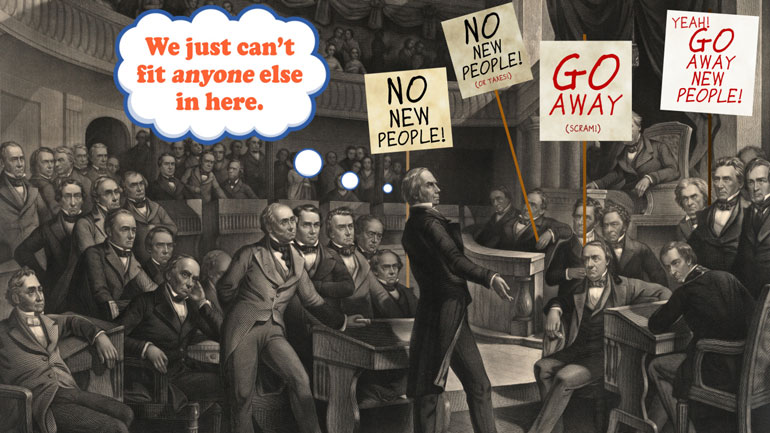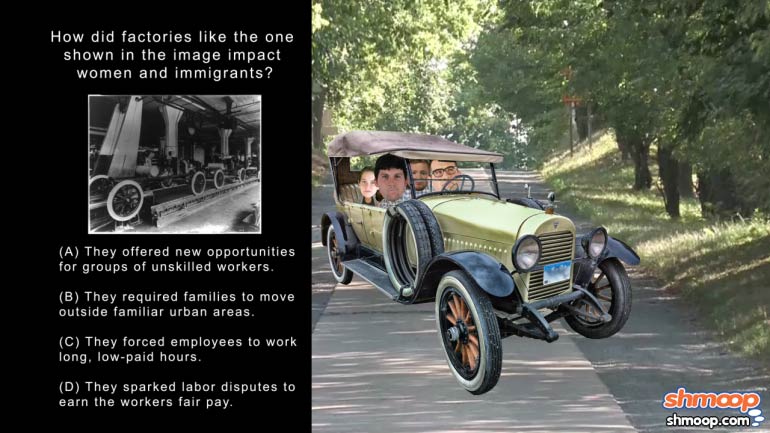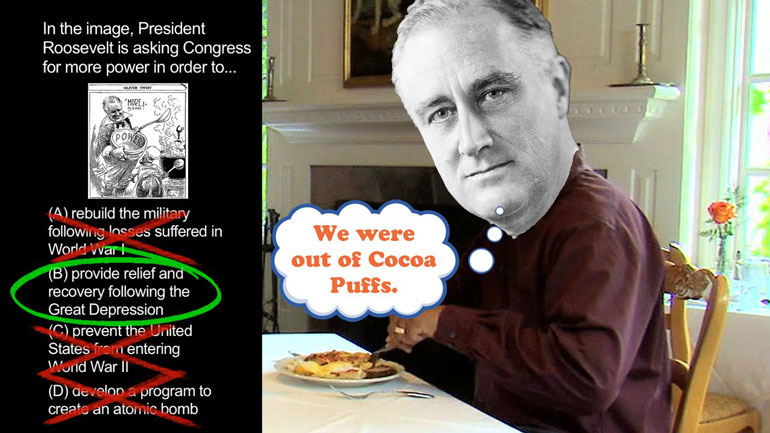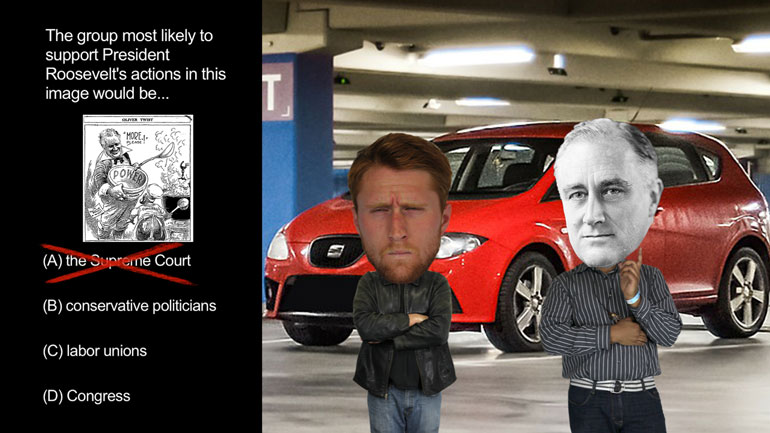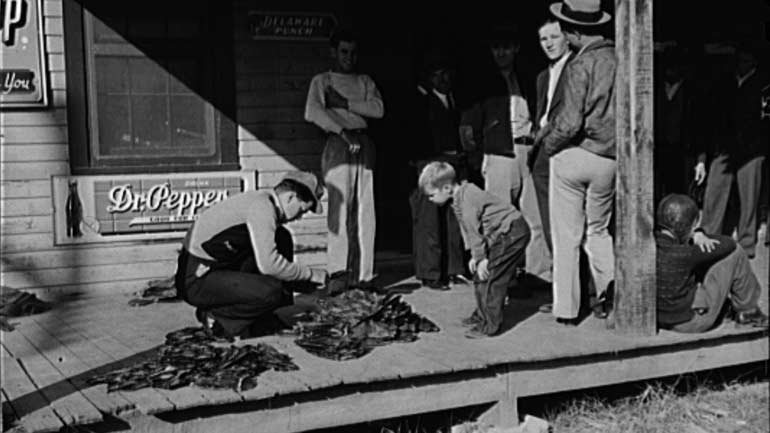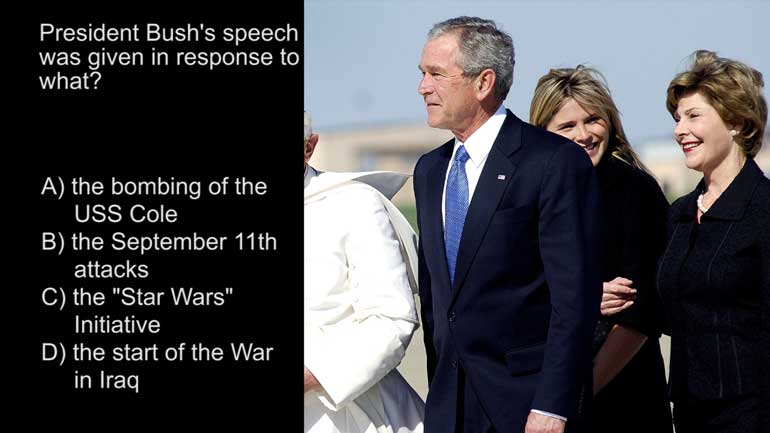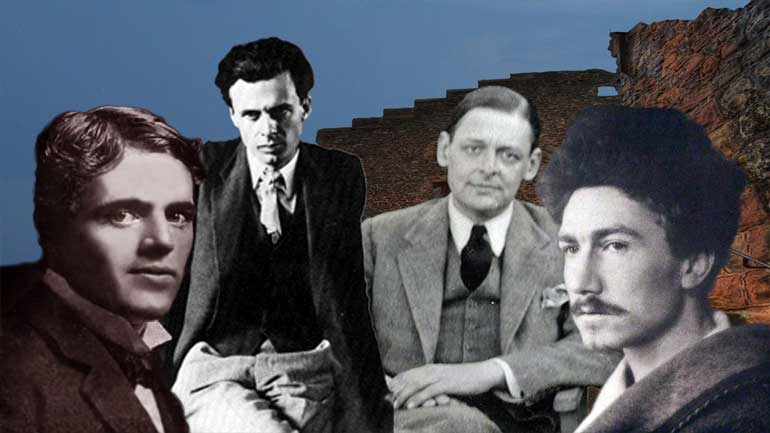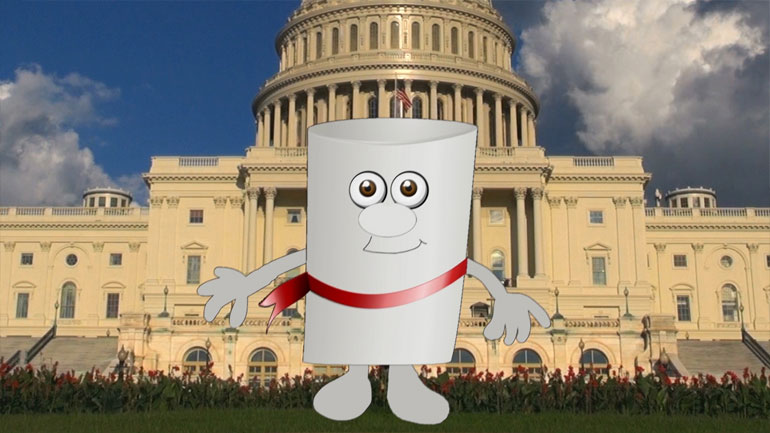ShmoopTube
Where Monty Python meets your 10th grade teacher.
Search Thousands of Shmoop Videos
AP U.S. History Videos 294 videos
What did the Spanish messengers bring with them to North America? Hint: you probably wouldn't be thrilled to get this for your next birthday.
AP U.S. History Diagnostic 24. How did the United States choose containment over the National Security Council Report in Latin America?
AP U.S. History Diagnostic 22. Which established foreign policy was the National Security Council Report used to solidify?
AP U.S. History Diagnostic 20 173 Views
Share It!
Description:
AP U.S. History Diagnostic 20. Why were Mexican immigrants able to freely enter the United States despite the restrictions mentioned in the excerpt?
Transcript
- 00:00
And here's your Shmoop du jour, brought to you by the emergency quota,
- 00:04
the number of emergencies allowed per day.
- 00:06
Yeah. It's mandated by Obama.
- 00:08
That's it. Only so many a day.
- 00:10
All right, check out this excerpt.
Full Transcript
- 00:11
[ mumbles ]
- 00:14
[ mumbling continues ]
- 00:17
Hmm. And the question:
- 00:18
Why were Mexican immigrants able to
- 00:20
freely enter the United States despite
- 00:23
the restrictions mentioned in the excerpt?
- 00:25
And here are your potential answers.
- 00:26
[ mumbles ]
- 00:28
[ mumbling continues ]
- 00:32
All right. Well, following World War I, the United States
- 00:35
decided to hang a
- 00:37
"sorry, we're closed" sign on Ellis Island,
- 00:40
restricting immigration through a series of caps and quotas.
- 00:43
Mexican immigrants, however, weren't subject to these new rules.
- 00:47
Let's see which answer can explain
- 00:49
their gold star status.
- 00:51
Were Mexican immigrants allowed to freely enter the U.S.
- 00:54
A - to hold up the philosophies of the Monroe Doctrine?
- 00:59
Well, it'd be grand to think
- 01:00
the American government wanted to uphold previous
- 01:02
positions by playing nice with its friends down south, but
- 01:06
there's something else at work here.
- 01:07
And that knocks at A and D.
- 01:09
We weren't just being, like, nice.
- 01:11
Sort of.
- 01:12
Would the U.S. have allowed Mexican immigrants to
- 01:14
freely enter the U.S. C -
- 01:16
to allow for separated families to be reunited?
- 01:19
Nice again. A noble cause,
- 01:22
but this kind of preferential treatment towards
- 01:24
family members didn't come into play
- 01:26
until the Immigration and Nationality Act of 1965.
- 01:29
All right, so it's not C, either.
- 01:31
Which means that Mexican immigrants were able to enter the U.S.
- 01:34
despite restrictions on immigration
- 01:36
B - to ensure the availability of inexpensive farm labor.
- 01:41
Isolationist policies may have been
- 01:43
the hot topic following World War I,
- 01:46
but the desire for cheap labor was a close second.
- 01:49
So the U.S. made a deal with Mexico to keep a regular stream of
- 01:52
laborers flowing in,
- 01:54
regardless of quotas put in place.
- 01:56
That makes B the right answer.
- 01:58
Though this inexpensive labor was integral to the growth of agricultural profits,
- 02:03
many Mexicans and Mexican-Americans were
- 02:05
deported once the Great Depression hit and jobs became
- 02:08
scarce, thank you very much.
- 02:10
So much for good neighbor policy.
- 02:12
[ all operators are busy at this time ]
- 02:14
[ please hold ]
Related Videos
Ever heard of a "living document"? They eat and breathe just like the rest of us! They even walk around on their own two legs. Okay, fine—maybe t...
If the Puritans had gotten their way, religion would play a much larger role in lawmaking these days. Want to know more? Watch the video for all th...
What happened between the creation of the Articles of Confederation and the ratification of the current U.S. Constitution? This video analyzes the...
The Modernists thought the world had a lot of problems, and they were intent on fixing them—or at least talking about fixing them. Unfortunately,...
This video explains Federalism and the quest for a fair balance between state and national power. It covers the progression and compromises of Fede...







